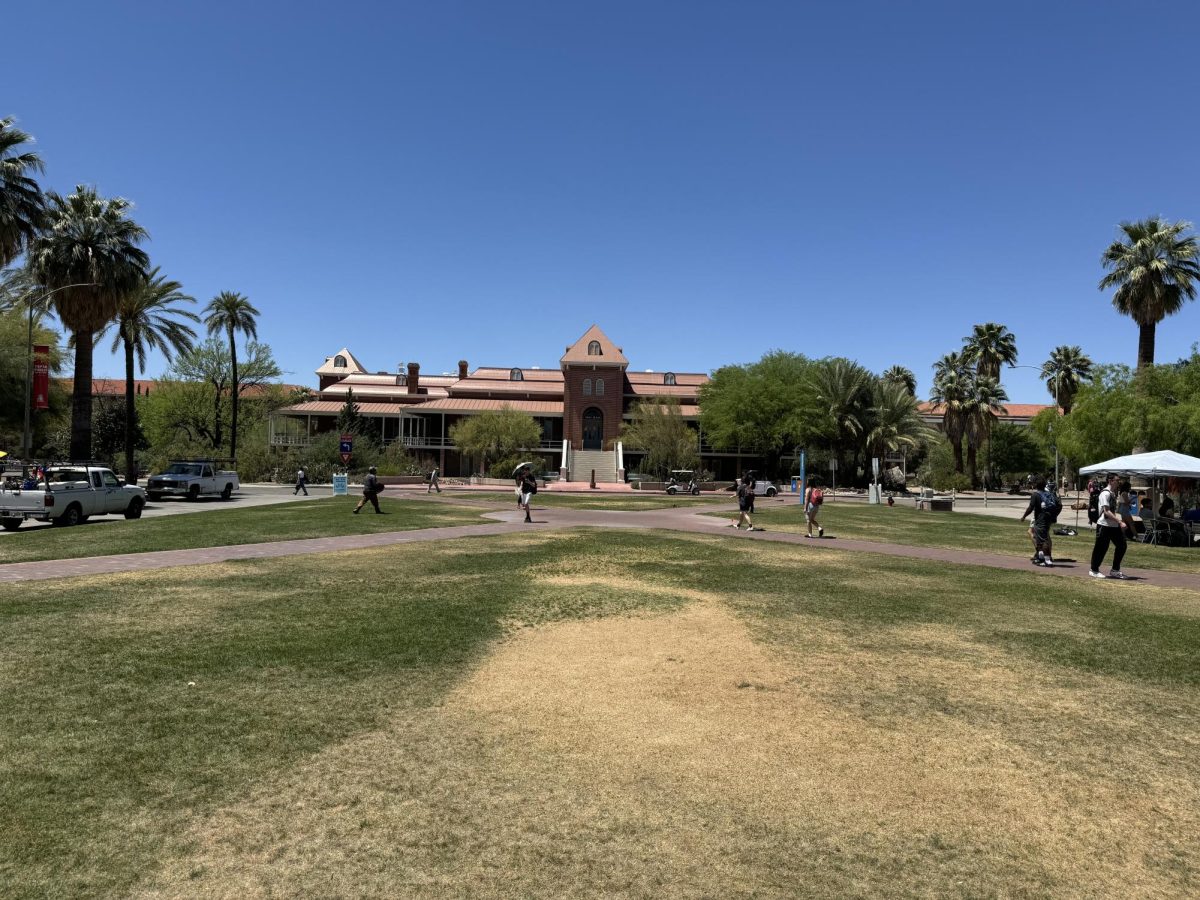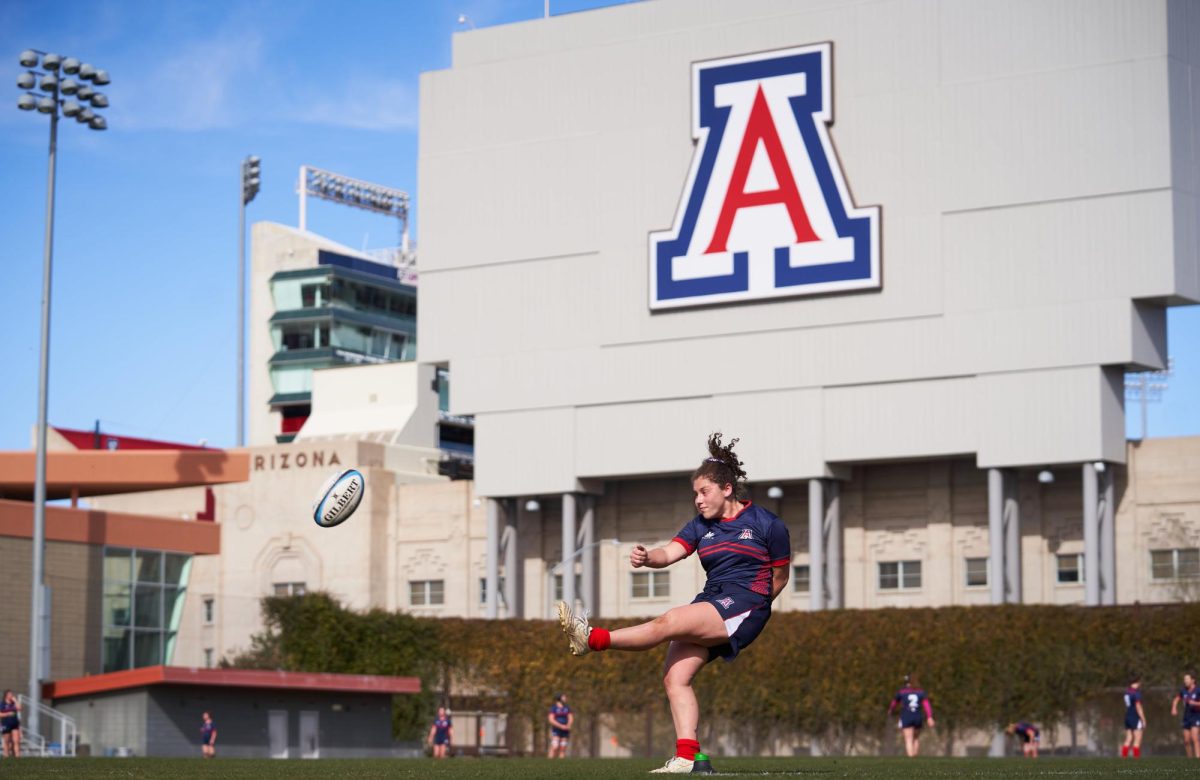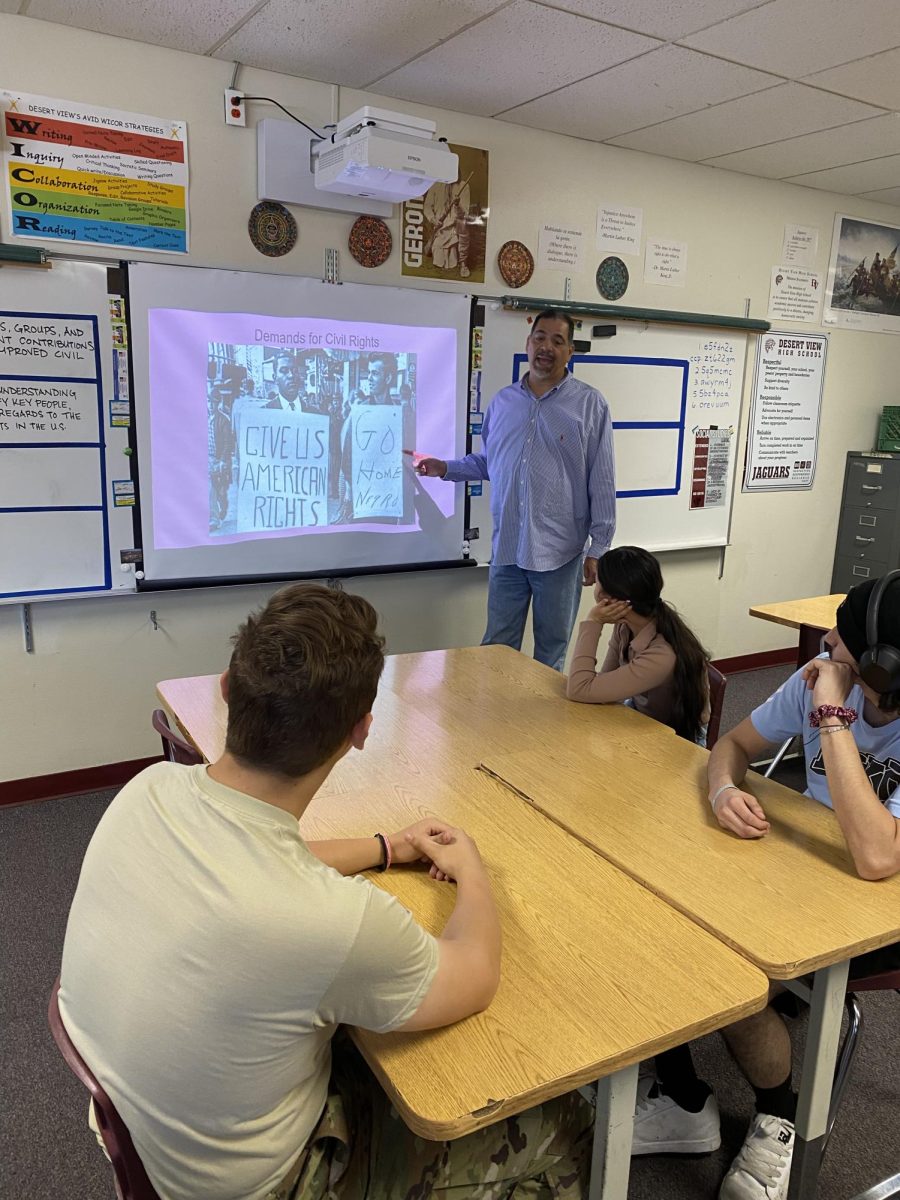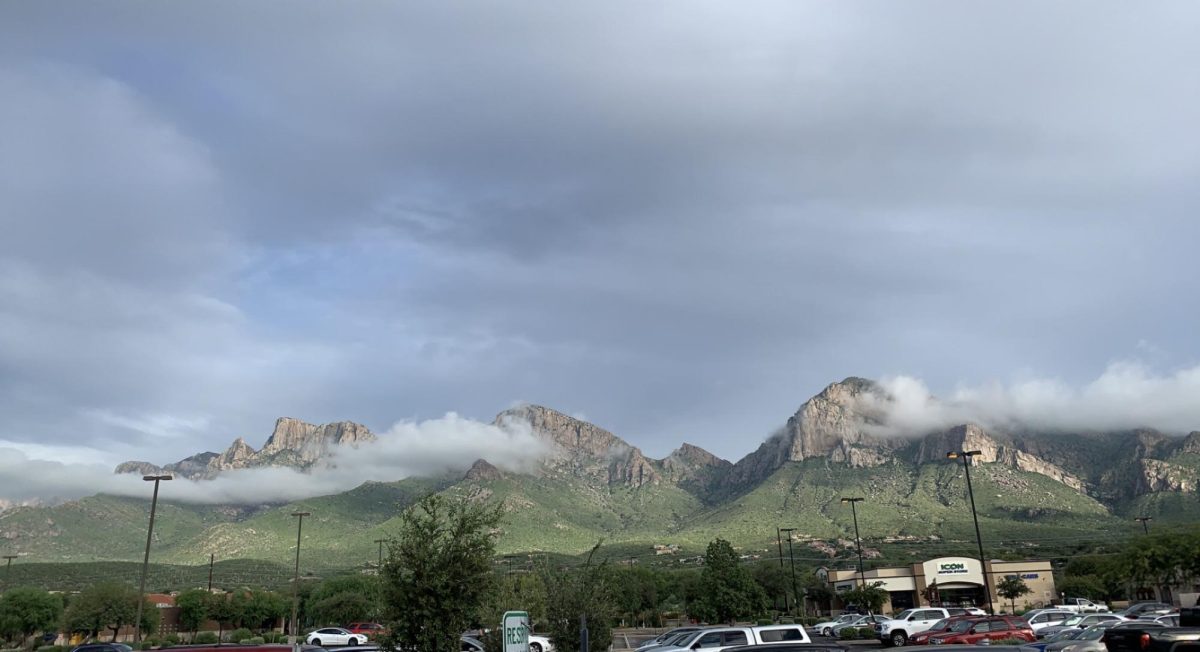Although Tucson Unified School District cut its Mexican American Studies program under political pressure from state officials, cultural studies at the university and community college level remain a significant driving factor in education throughout the state of Arizona.
And there’s a reason these types of programs are needed, experts argue. Arizona’s population is becoming much more diverse. According to the 2010 USA TODAY census data, Arizona ranks 10th in the nation in diversity index.
There are also statewide cultural groups like the Arizona Asian American Association that connect with the state community and raise diversity awareness in a positive and objective way.
Arizona-Sonora News Service spoke with educators and a culture association membership coordinator throughout Arizona to better understand what it means to teach culture, the educational significance and the relationship with the changing racial population makeup in Arizona.
Listen to varied viewpoints on the issue from educators in the state:
{youtube width=”650″}xEqpaSxEtig{/youtube}
Cultural education experts agree that cultural studies courses and the integration of culture within the community is a scope that relies on the understanding of differences by a changing Arizona population comprised of varying ethnic groups.
“We spend a lot of time emphasizing differences as opposed to glomming everything together,” said Paul Donnelly, an associate department chair of comparative cultural studies at Northern Arizona University. “We do look at what other cultures say about each other, but try to do that in an equal way so that each perspective gets its equal chance to contribute to the conversation.”
Arizona’s centennial statehood celebration this week also raises questions among the cultural studies community regarding the impact of the state’s history on the diversely trending population’s differing perspectives.
“Lots of different cultural traditions look at that date differently,” said Richard Ruiz, a sociocultural studies professor at the University of Arizona. “There’s a celebration on one hand, then on the other hand there may be some sense that we’ve not fulfilled our obligations to particular groups of people.”
Alexandro “Salo” Escamilla is a Social Studies and Mexican American Studies teacher in TUSD. He has helped develop curriculum for the MAS program since 2005.
Paul Donnelly is an associate chair of comparative cultural studies and an associate professor of religious studies at Northern Arizona University.
Tom Cox is the membership coordinator for the Arizona Asian American Association.
Roberto Rodriguez is an assistant professor in the MAS department at the University of Arizona.
Richard Ruiz is a professor at the University of Arizona College of education, where he is primarily affiliated with teaching, learning and sociocultural studies. He currently teaches in the department of language, reading and culture.
Phillip L. Miguel is a Tohono O’odham Language and Culture Instructor at the Tohono O’odham Community College in Sells, Ariz. He is a member of the Tohono O’odham Nation.















